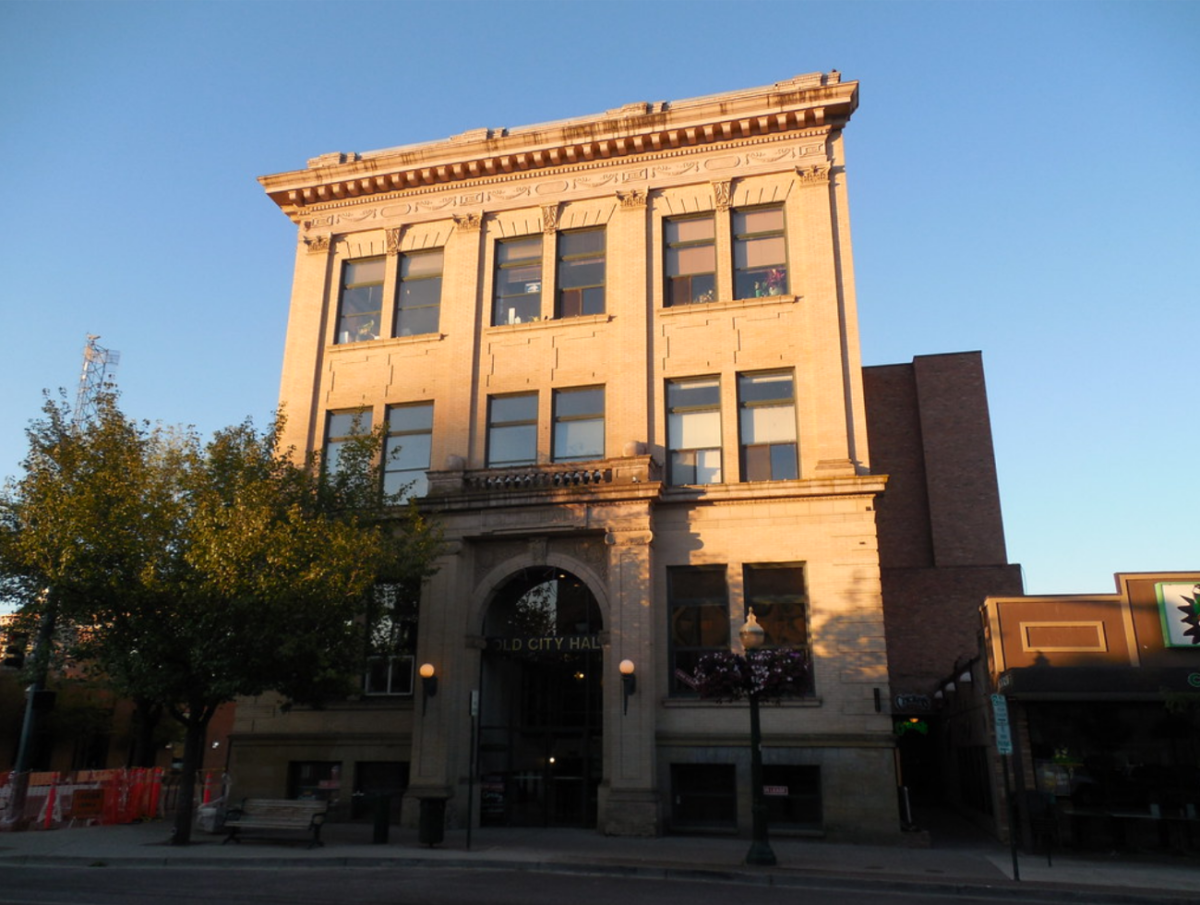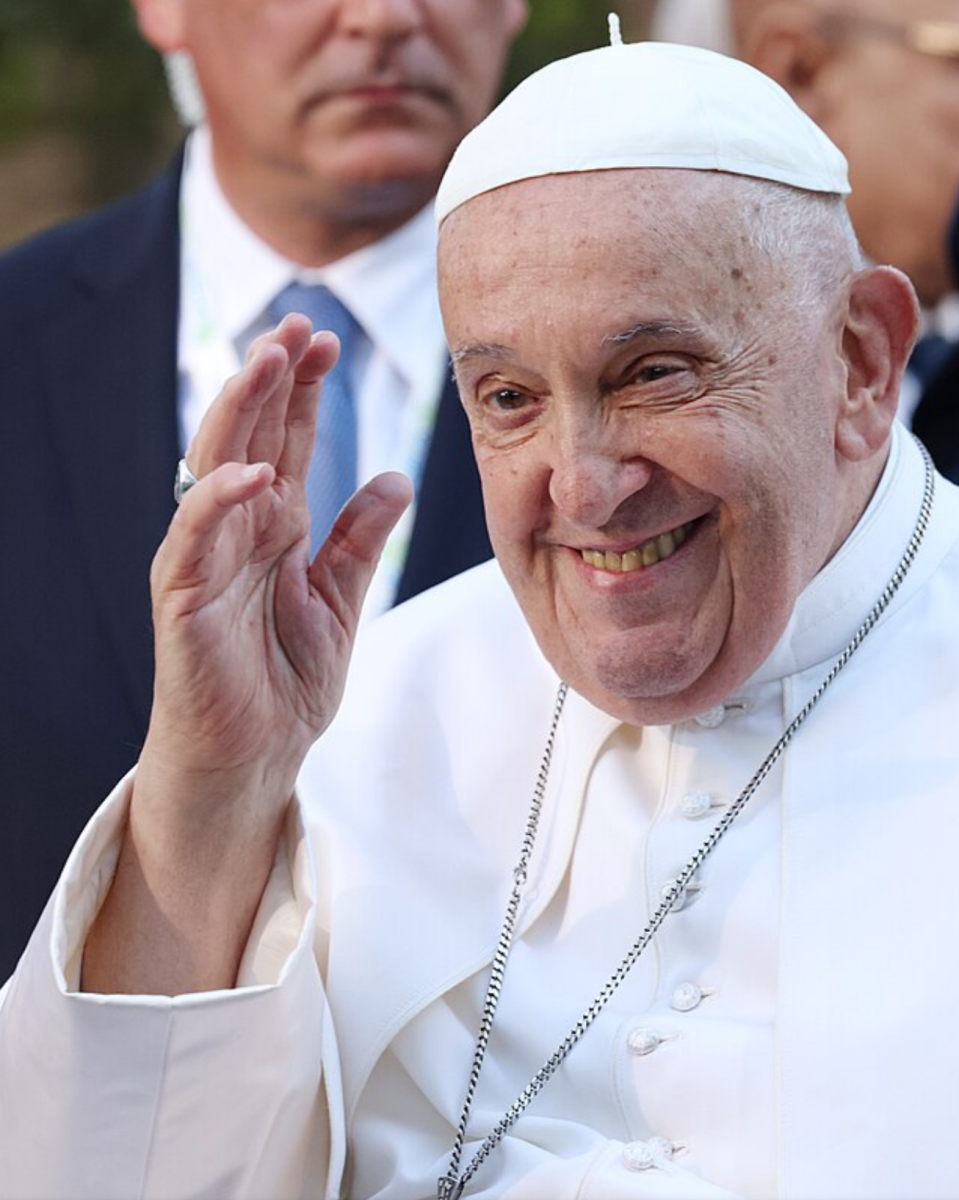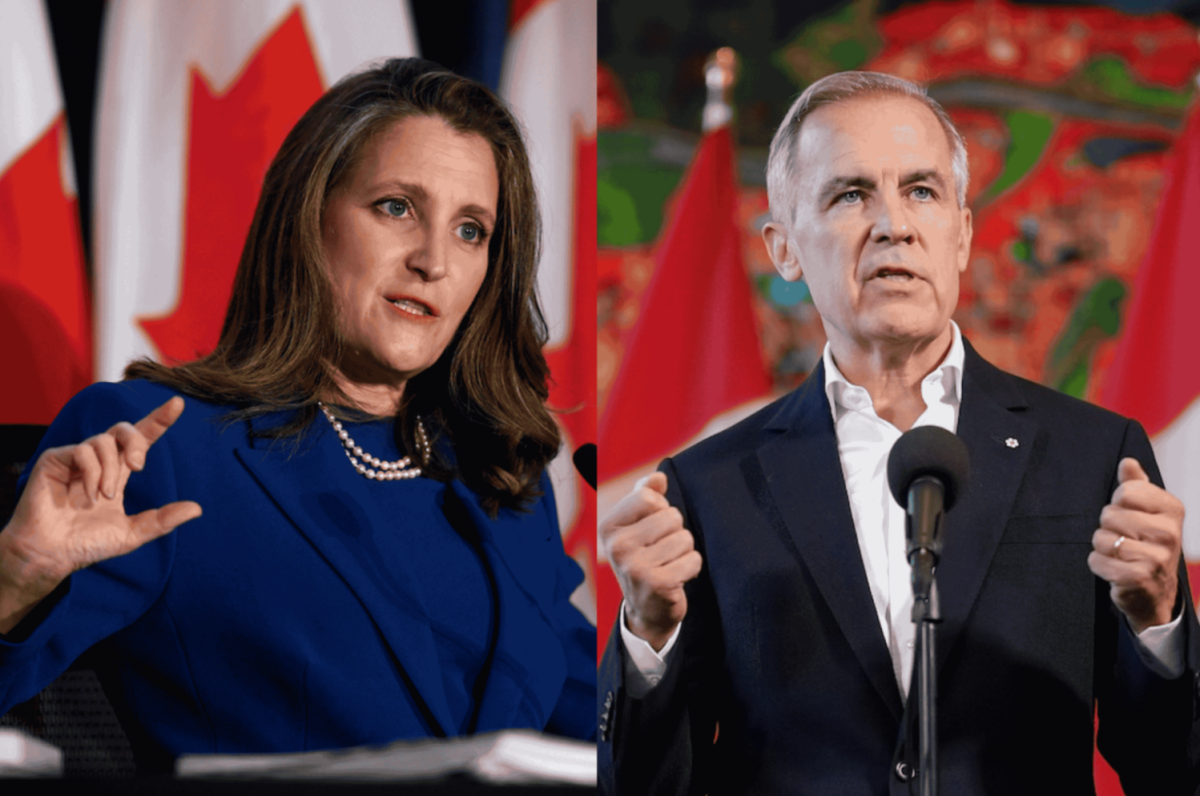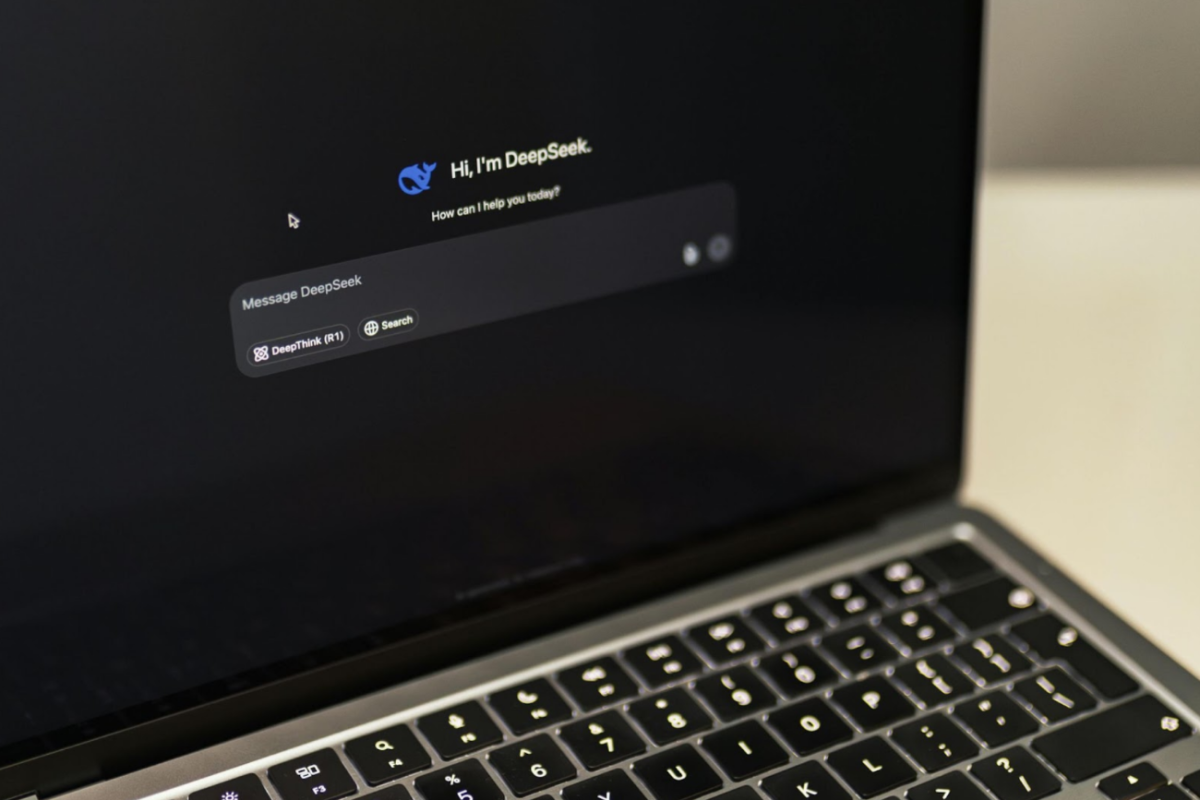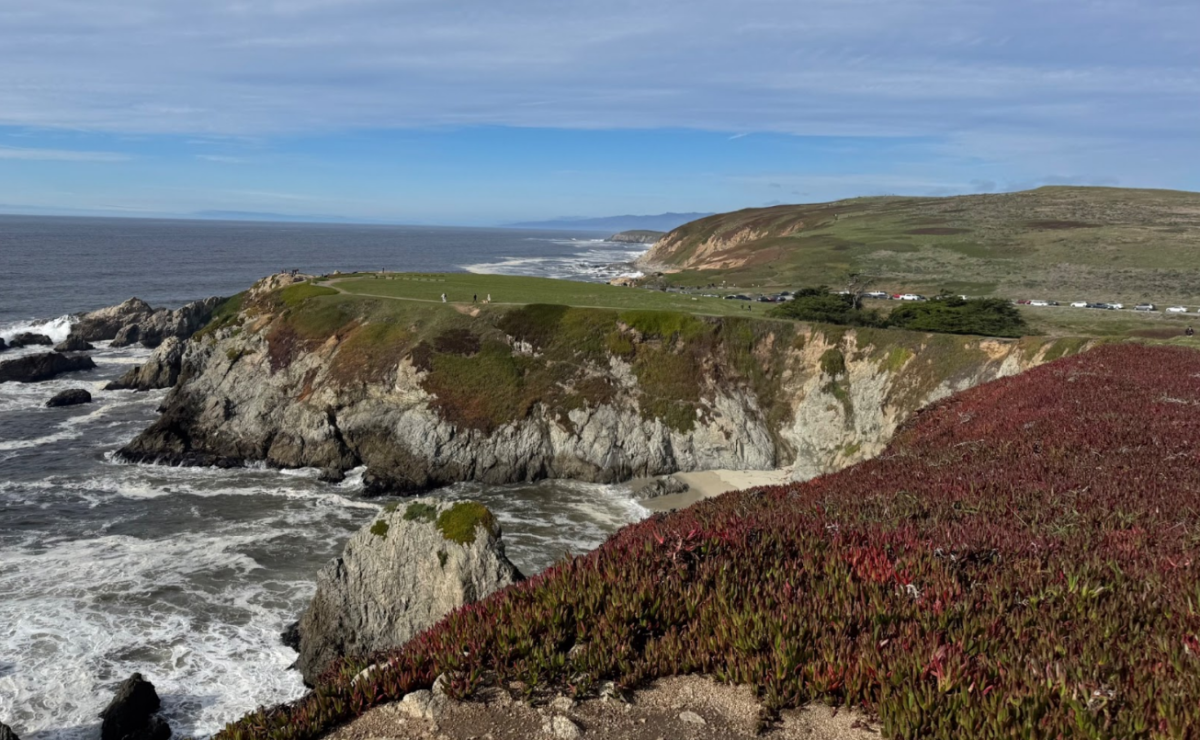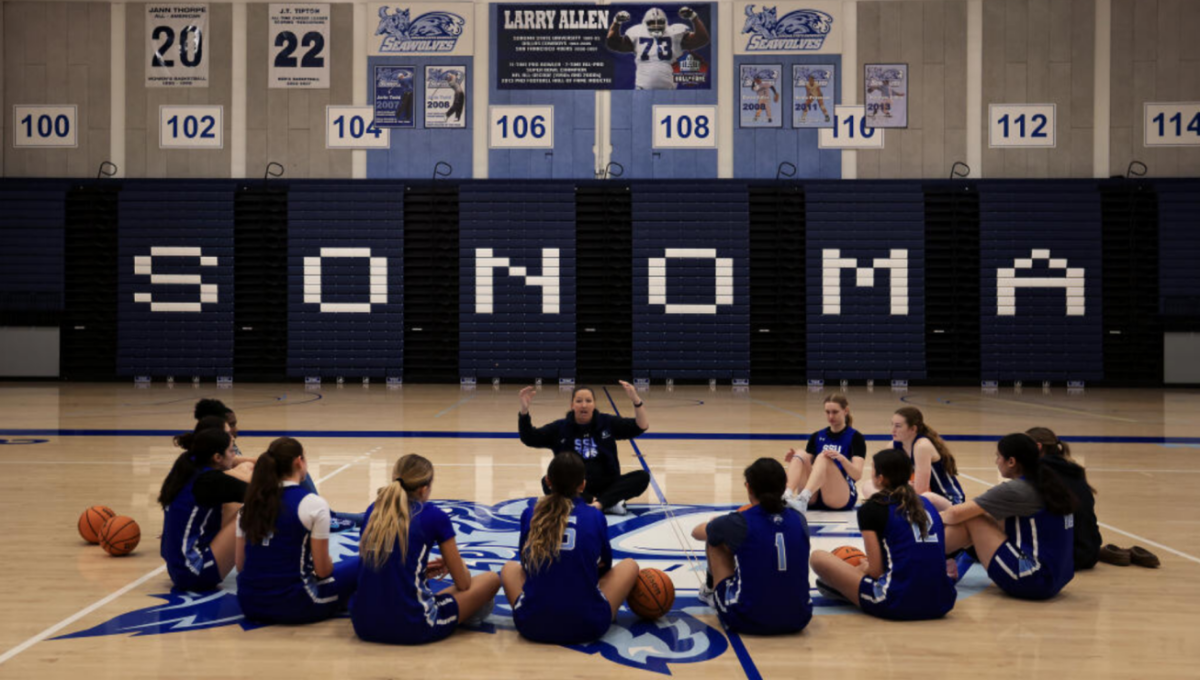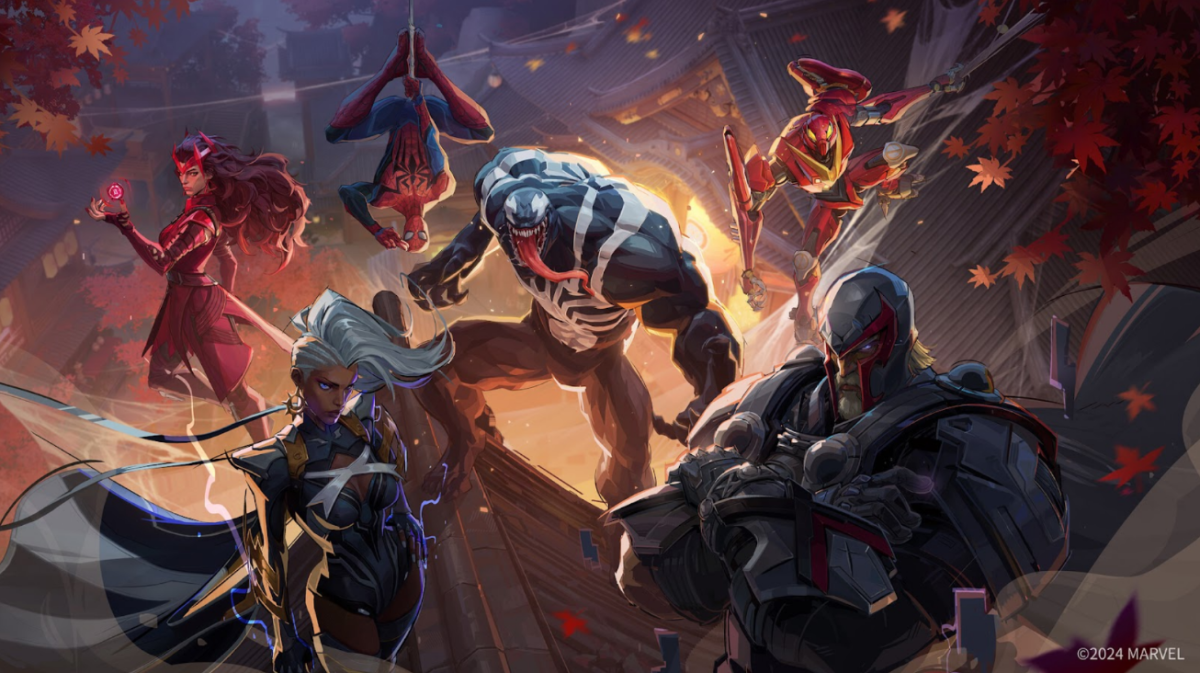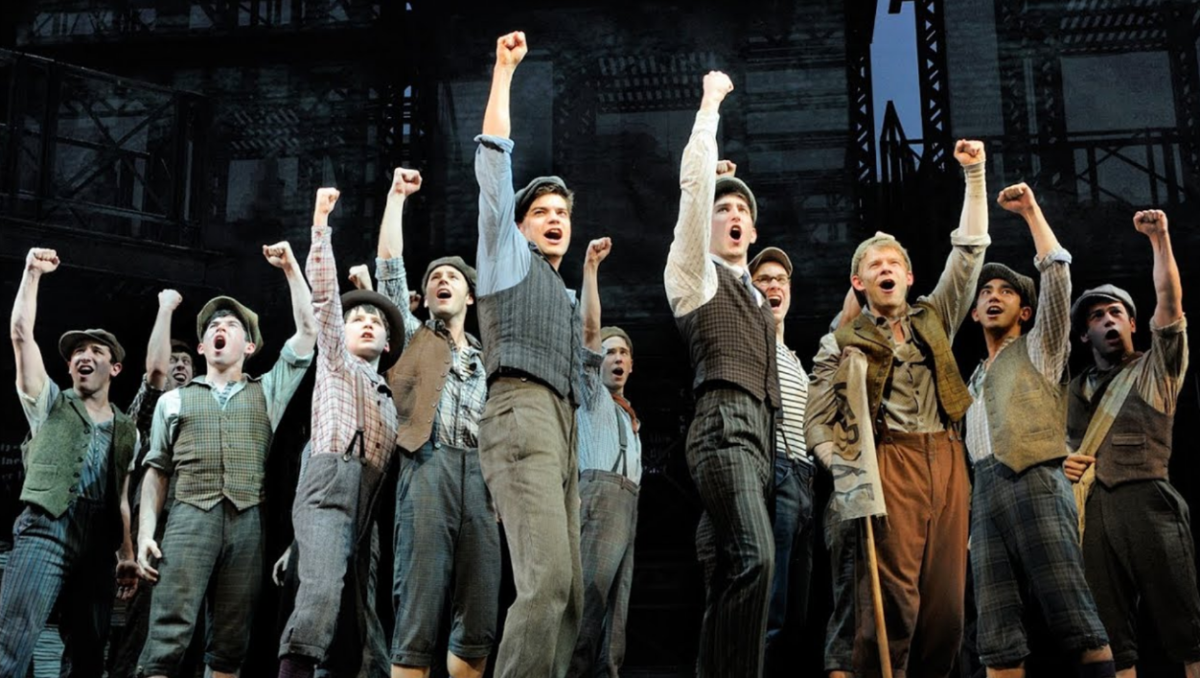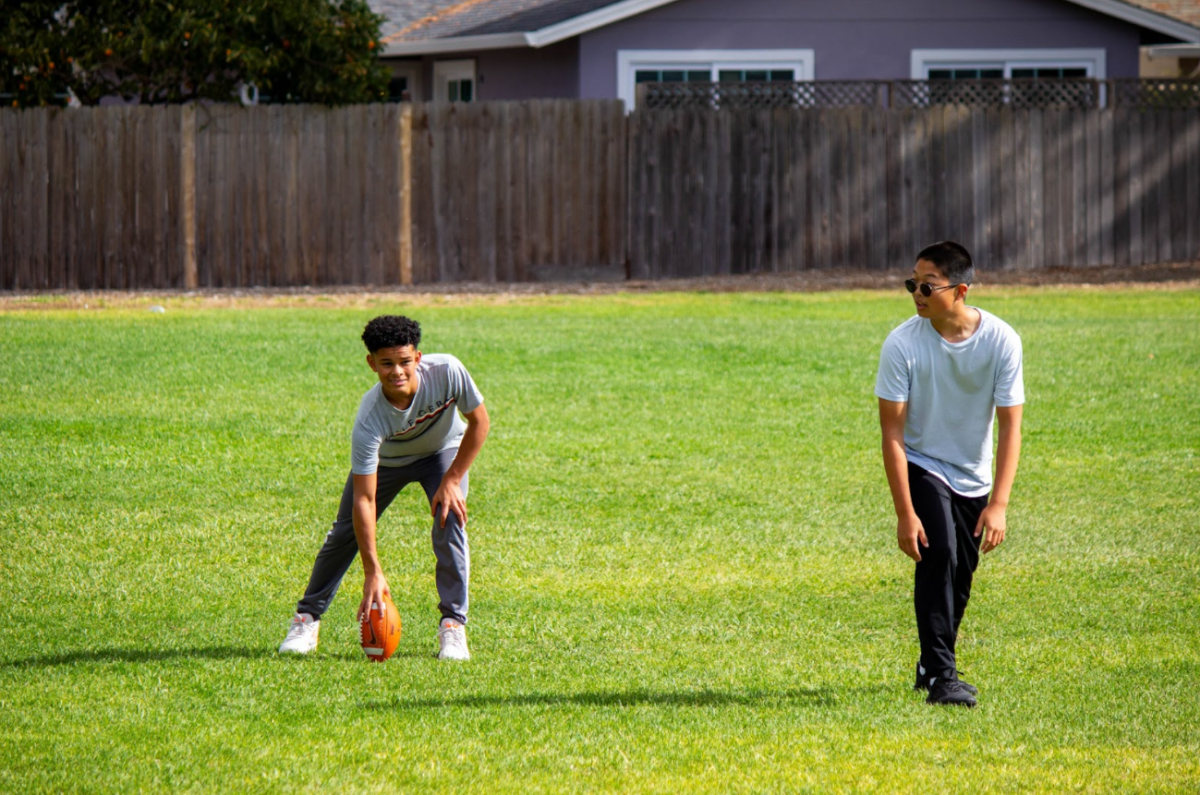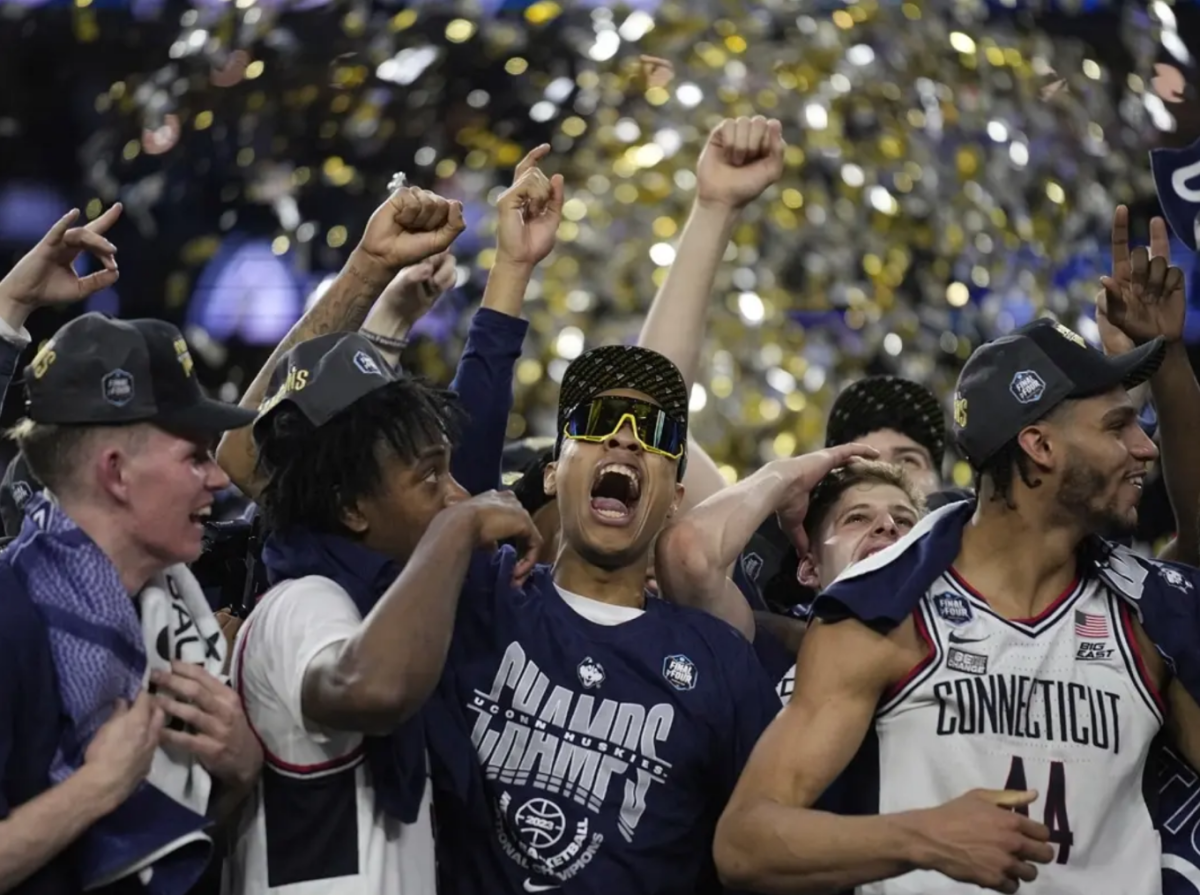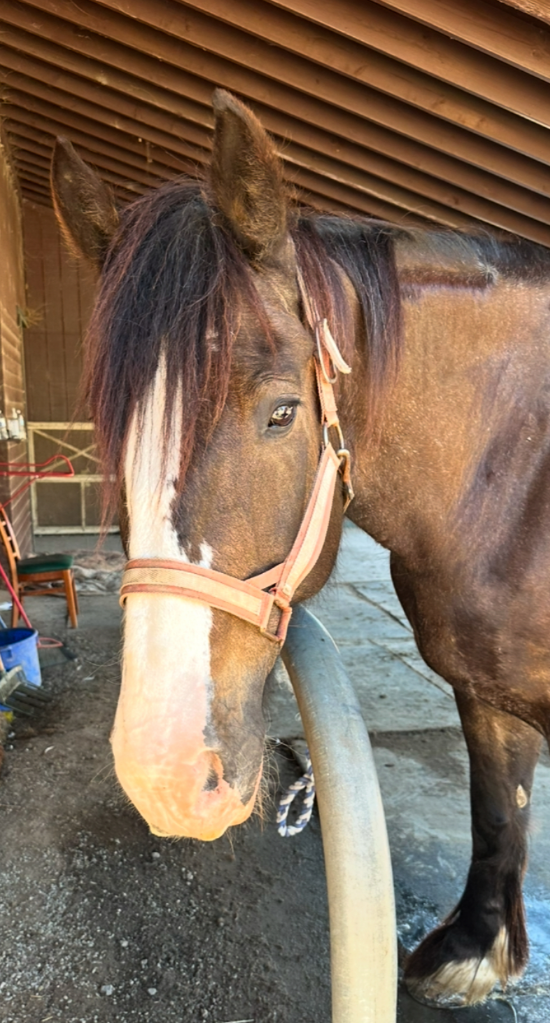How do you rally people together in the face of oppression for a common goal? Community organizing is the most effective way to protest oppressive governments. Music, for a long time, has been a medium used by the public to mobilize under a common goal. This is why music and the arts are often some of the first things banned by an oppressive regime.
“Do the Right Thing” is a 1989 film exploring tense relations between African Americans and Italian Americans living together in New York. One character, Radio Raheem, is known for walking around and playing the song “Fight the Power” by Public Enemy on a large speaker. Raheem would later get into a silly argument with the owner of the town’s Italian Pizza Place, Sal. Raheem was angry that Sal only had pictures of white Italian Americans in his store, despite being in a largely African American town. The argument escalated into a fight that ended when police came and brutally murdered Radio Raheem.
The lyrics of “Fight the Power” reflect this movie’s heavy political tension. Public Enemy sang: “Our freedom of speech is freedom or death / We got to fight the powers that be.” These lyrics describe that if African Americans don’t speak up against entities of oppression, then they will be brutally silenced. Public Enemy’s message of fighting the power means rising up against your oppressors with strength in numbers. This song mobilized audiences against police brutality in the movie and in real life.
The Vietnam War birthed even earlier memories of music mobilization. The anti-Vietnam War movement, a response to the 20-year war that killed over 58,000 U.S. soldiers on foreign territory, created over 100 anti-war songs. Dozens of these songs, like “Ohio” by Crosby, Stills, Nash, & Young, were written in response to the shooting at Kent State, where four students were killed after police shot into a crowd during a friendly university protest. Lyrics like “What if you knew her and found her dead on the ground / How can you run when you know” were deeply personal to American audiences, affirming that the effects of the war had reached home. It carried the realization that those shot were American citizens, and could easily be a neighbor or friend; the song also carries the realization that if someone so close to you is shot, you could easily be next if you don’t protest what is happening. Domestic pressure eventually led the US to withdraw from Vietnam in 1973.

Music can unify diverse groups through shared grievances. Events like the Kent State Shooting create songs that act as catalysts in large movements. Music has the potential to organize communities, a skill required in any large movement and desired by any large activist, from Greta Thunberg to Malala Yousafzai. “The revolution will not be televised,” sings Gil Scott-Heron in his 1971 song of the same name. What he means is that the revolution is not a stagnant force that can be seen and watched on replay, but rather an active movement that requires citizen involvement to keep going. He challenges audiences to play an active role in the growing Civil Rights Movement, instead of sitting on their couches and watching the movement.
Scott-Heron’s song is a call to mobilise. Many other songs, like “Strange Fruit,” written three decades earlier, offer stark warnings on the consequences of turning a blind eye in times of need. Sung elegantly by Billie Holiday, it explicitly described the effects of lynching: “Black bodies swinging in the Southern breeze / Strange fruit hanging from the poplar tree.” The comparison of human bodies to fruit is a grim picture, showing how easily human life was wasted by racism and meaningless hatred. It echoed the work of anti-lynching activists like Ida B. Wells decades prior.
And yet, other songs encourage action with positive and hopeful sentiment. This is seen especially through the Civil Rights Movement, which birthed songs like “A Change is Gonna Come” and “Say it Loud–I’m Black and I’m Proud,” which explicitly used messages that were taboo in their era. Sung by Sam Cooke, “A Change is Gonna Come” is often considered one of the most impactful and relevant protest songs. It pleaded for an end to racial discrimination, with lines like “I say, ‘Brother, help me, please’ / But he winds up knockin’ me / Back down on my knees” questioning the extent of racial profiling in a self-proclaimed “free” nation. “Brother,” a phrase commonly used in Black communities, means neighbor, and the sentiment that neighbors are attacking each other breaks the facade of a united nation.
In 1987, the hip hop band the Fugees came out with the song “Ready or Not.” In a band transcending its time, famed lead singer Ms. Lauryn Hill sings about the consequences of police brutality. “If I could rule the world (If I ruled the world), everyone would / have a gun” she sings, illustrating a hope that those without power can find the resources to defend themselves. Guns in America are a symbol of pride and power, and having one upgrades your status and protection in society, albeit making it more dangerous. This is especially important considering the brutally relevant idea of haves and have-nots, and how many of the people she sings for are barely scraping by. Hill would later publish her own album, “The Miseducation of Lauryn Hill,” which was a call for Black women to recognize their beauty and take control over their own destiny.
Portrayals of protest music moving populations have also captured attention in recent years. In 2018, the song “This is America,” was released by Childish Gambino. It contained commentary on the deteriorating status of Black people in America, taking notice of prevalent issues affecting Black communities, like police brutality and gun violence, often disregarded by the public. In the song’s accompanying music video, Gambino and a group of children danced traditional Afro-dances (from Angola and the Ivory Coast) walking through scenes illustrating violence in America. This was done to highlight the distractions in social media and pop culture, hiding explicit violence underneath; happy dance moves juxtapose the grim reality around the dancers. It was the first hip-hop song to win record of the year and was actively used during the Black Lives Matter movement.
This list of protest music is incomplete—one might never be able to summarize the vastness of protest music. In an era where public issues are more televised, tracked, and well known, the unique variability of music has only expanded. The arts offer a tricky way forward through unity in an era that has seemingly tried to divide us– uniting us through collective appreciation and desire for change beyond seeds of division and hate. The most promising way to move forward past political division and human rights violations is through united movements, led by and for the people.


